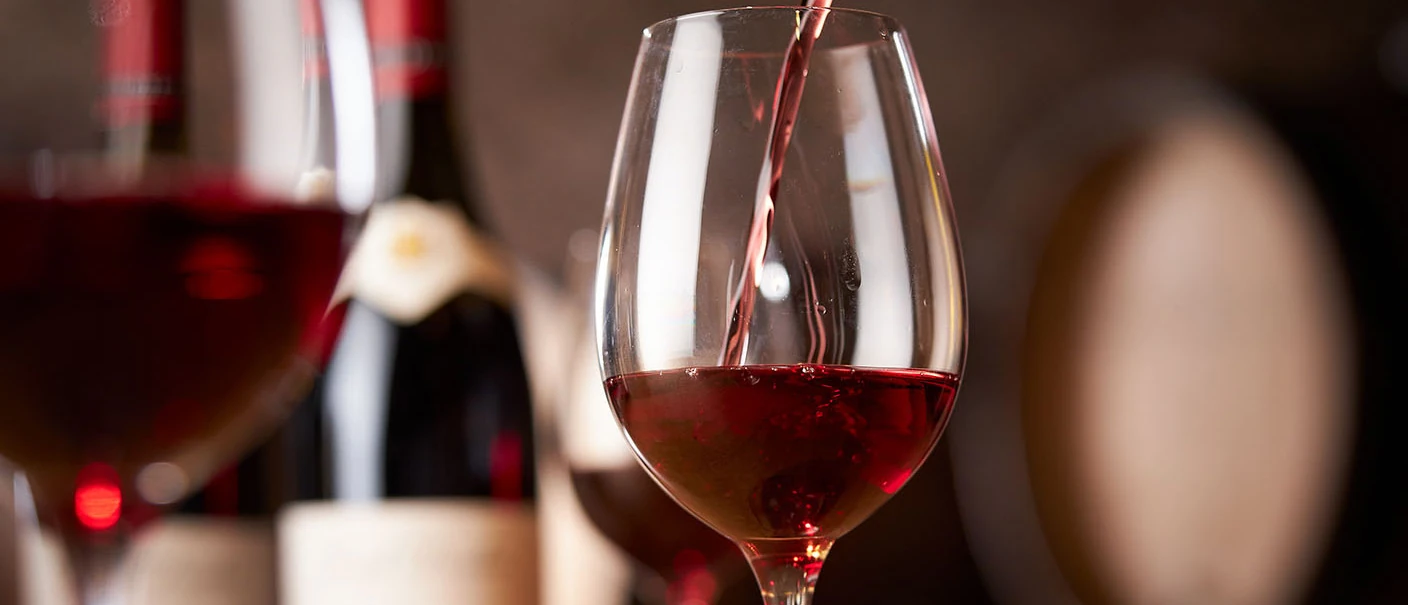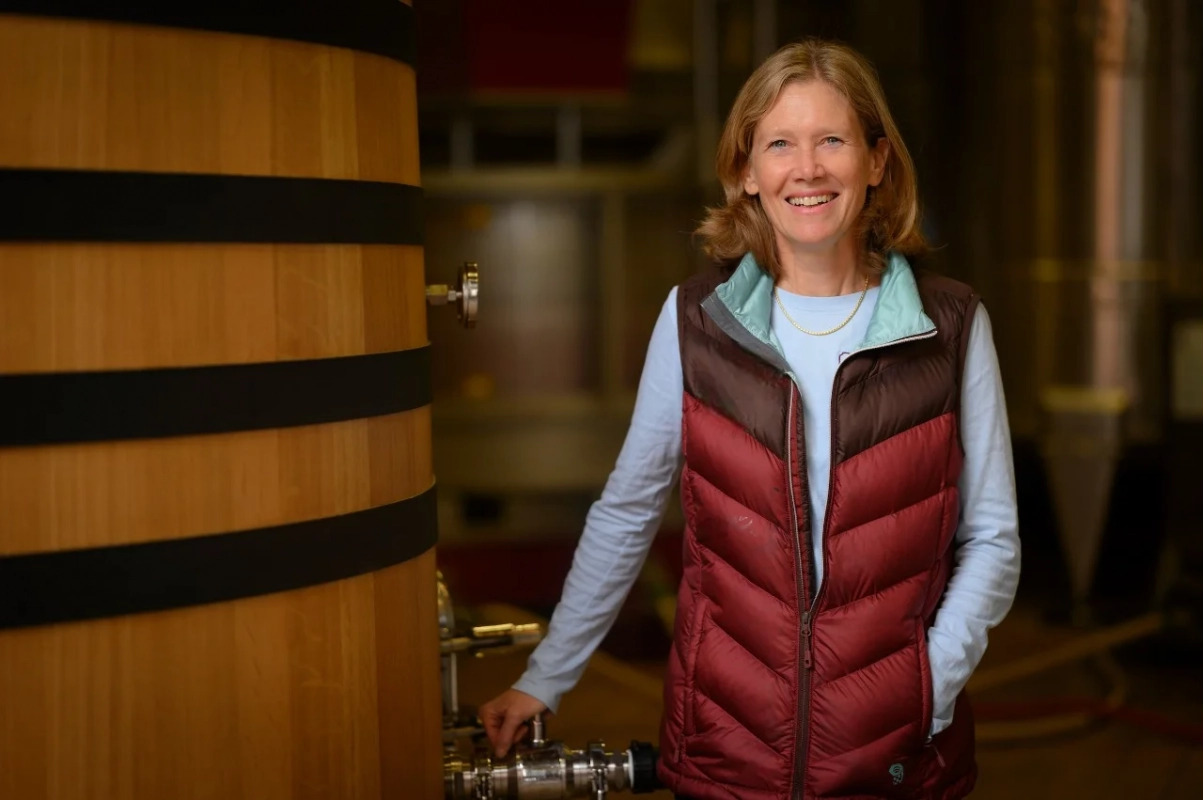Are you sure you want to perform this action?

Savigny-les-Beaune
Service
-
Cellaring
Optimal consumption: 5 to 8 years
Ageing potential: 10 years
-
Tasting temperature
16°C (61-62°F)
Grape variety
Pinot Noir
Vineyard
Producing commune: Savigny-les-Beaune.
Site: a pretty village tucked away in a small valley north of Beaune. The vines are planted on two hills with two different exposures, north and south.
Histoire & tradition: the Gallo-Roman village was called Sabinius and played an important role in the history of viticulture. The monks of Cîteaux owned vineyards in this region.
Soil: a complex mixture of limestone pebbles, red or yellow clay and other small stones.

Tasting
by Véronique Boss-Drouhin
A delicate and elegant wine. On the nose, characteristic aromas of spice and violet, mingled with wild blackberry. On the palate, refined and supple. Persistent aftertaste, with delicious and subtle flavours that linger on for quite a long time.
Vintage
2023 stands out as one of the hotest years in Burgundy, surpassing even 2022.
This vintage is marked by its generosity, both in quantity and quality, with consistent yields across all regions in Burgundy.
The wines offer flavours of ripe red and black berries.
The climate's generosity is evident in these Pinots Noirs.
They show excellent ripeness with smooth, long, and complex palates.
2023 is a vintage of high quality.
Winemaking
Supply: this wine comes from grapes and musts purchased from supply partners according to rigorous specifications.
Harvest: grapes harvested by hands in open-work crates. If necessary, a careful sorting is proceeded.
Vinification: total destemming. In accordance with the terroir and the profile of the vintage, we do 2 to 3 weeks of fermentation and maceration in small open vats, marked by punching of the cap and pumping-over. The yeasts are indigenous (natural). Pressing in a vertical press. Separation of the ends of the presses based on tasting.
Ageing: in oak barrels including 20% of new barrels.
The ageing lasts between 12 to 16 months.
Origin of the wood: oak grown in French high forest.
Throughout the ageing process, decisions are taken only after careful tasting evaluation. The data obtained is completed through technical analysis. As with every other Joseph Drouhin wine, absolute priority is given to the true expression of terroir and character of the vintage.


